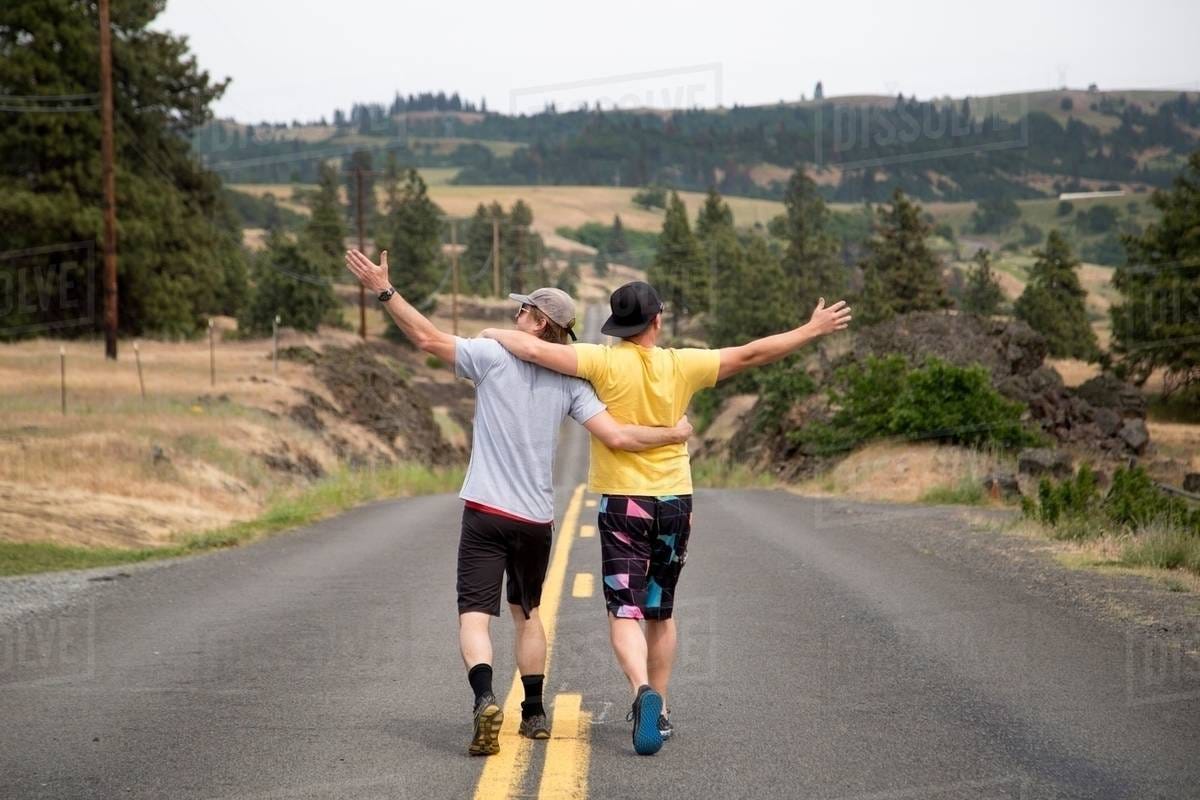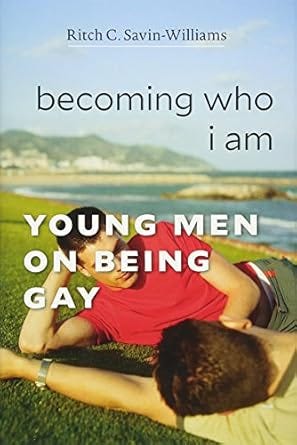Review of “Becoming Who I Am: Young Men on Being Gay,” by Ritch Savin-Williams, 2016. Cambridge, MA: Harvard University Press, Paper.
The percentage of teenagers and young adults who are members of both the homeless population and the LGBTQ+ communities is especially high...
I had heard of this book before and spotted this paperback copy in my favorite thrift shop (I call it my secret library) the other day. I was so glad to finally read it, and to get the main point of the book: that although coming out of the closet and growing into the gay man as intended is not as difficult for guys now as it was just a few decades back.
The book is good background for understanding the loneliness of being gay, and becoming gay more outwardly. This is an important book for persons who counsel and assist the homeless because of the high percentage of unhoused people who are also members of the LGBTQ+ communities—whether they always admit it or not.
The percentage of teenagers and young adults who are members of both the homeless population and the LGBTQ+ communities is especially high.
A series of interviews with several young men, starting with high school years, forms the shell of the book. A chapter to introduce the stories, a section on methods, and a postscript with one extended story are included.
The book is organized into 22 chapters with titles such as “first arousal” and “something to tell you” because there are a range of issues and topics to cover. The book includes first crushes, first sex with a boy, and other important stages along the way to becoming the real adult that is supposed to shine through.
The book makes use of three young men, mainly, to tell the stories. Sprinklings of stories and impressions of other young men contribute to show a wider range of experiences and thoughts among today’s gay people entering into and studying in college.
The author focuses on three men and tells of their stories of life in high school and then in college, ranging from spiritual to sexual and emotional to social issues. Savin-Williams makes it clear that young gay men interviewed do not want everyone to think it is all a negative experience to come out. Nor are the young men suicidal or forlorn; instead, they wrestle with society’s pressures and the decisions related to how and when to come out to friends and family members – and which ones.
In addition to the issues one might expect these young people face, there is the problem of few positive role models and also few older gays available who can explain the gay world and give advice. Several of the young men stress this lack of network and lack of information.
I will not go on and divulge the entire contents of the book and instead hope I inspire you here to read it! Parents, teachers, guidance counselors, career counselors, administrators, and professors would do well to read a copy and keep one on hand. Educators and counselors preparing professionals and volunteers to work with young people – not just already self-identified as gay but others also – to help with the difficulties they face.
The book is full of interesting revelations about what it means to become a functioning gay man into today’s culture. Readers should note that the sample group is rather small and is composed of students attending and circling a smaller college. Not included are young gay men from other walks of life.
There is no mention in this particular book of homelessness or family abandonment to the extent that the young men have been through extensive housing insecurity. For many young people, however, this is the reality.
Often, the families—the people who are supposed to love and respect and protect their children the most—are the ones responsible for discarding the youth because of their being members of the LGBTQ+ communities. It is their fault, in addition to the fault of persons in the churches, schools, and neighborhoods of the youth, for throwing the young people away. Throwing them out onto the street to be sold, raped, traded, coerced, and forced into prostitution and bad choices.
Overall, though, this is an important book for understanding mostly mainstream cultural milieus and the students who dwell there. The movement from non-sexual identity into the gay world is covered—but as said above—not for homeless young people.





